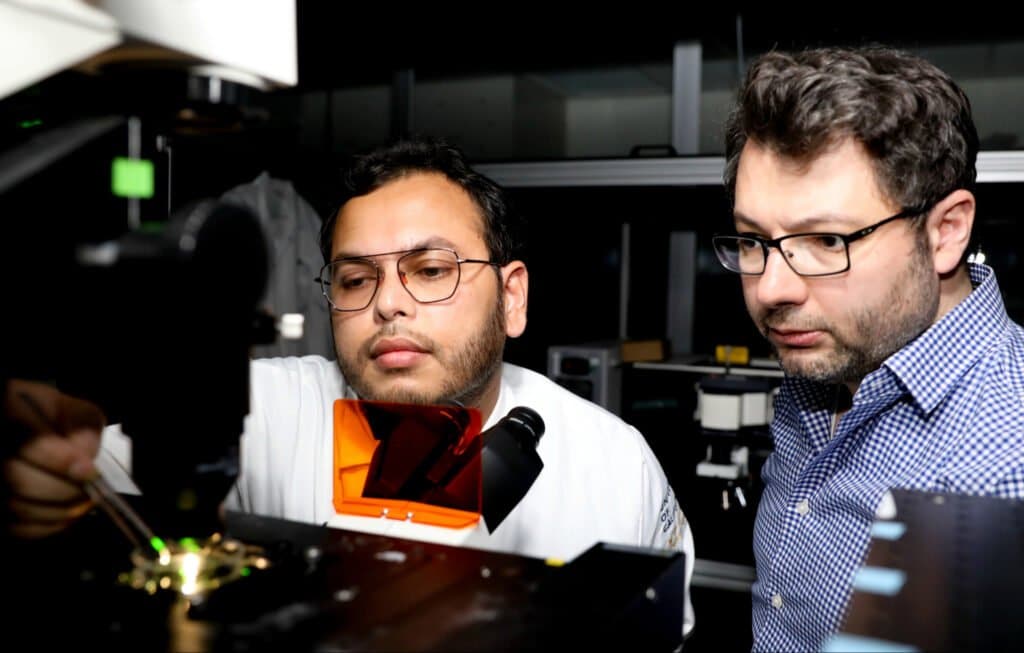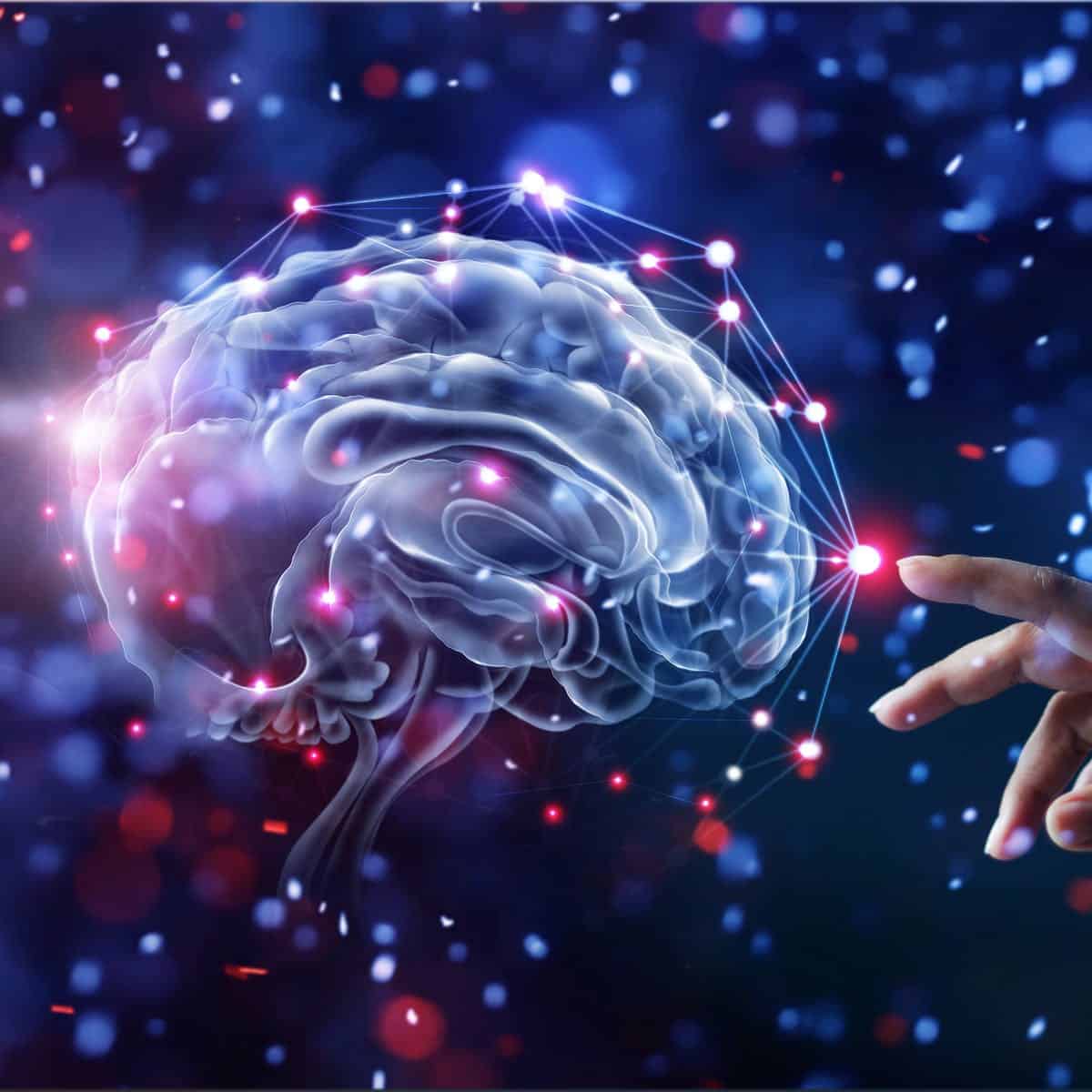A team of scientists has developed a new type of biosensor that can be injected directly into the bloodstream and targeted at the brain, where, according to the research team, it will be able to monitor neural activity and even potential thoughts.
The cell-sized nanosensors, called NeuroSWARM3, can cross the blood-brain barrier into the brain in swarms. There they will be able to convert neural activity into electrical signals to "read" and interpret them. This is the core of the University of California's research. The results of the study will be presented this week in a videoconference at the American Optical Society.
Swarms of brain readers

The technology could, the researchers say, help ensure greater mobility for people with disabilities. Or help scientists understand human thinking better than before. We, on the other hand, will be able to say more precisely when, after the laboratory tests, those on humans and animals will begin.
“NeuroSWARM3 injected into 'swarms' can convert signals accompanying thoughts into remotely measurable signals for a high-precision brain-machine interface,” he says Ali Yanik, the lead author of the study, in a press release.
It will enable people with physical disabilities to interact effectively with the outside world and control wearable exoskeleton technology to overcome the body's limitations. It could also collect the first signatures of neural diseases.
Ali Yanik
It's a vastly different approach to the brain-computer interface problem from most high-profile attempts, including Neuralink by Elon Musk, who instead working on solutions based on brain implants.
The first laboratory tests
During testing, the team found that their swarms of nanosensors are sensitive enough to detect the activity of individual brain cells. Single neuron readings aren't new, but the ability to detect them with floating sensors is. Especially the ability these swarms would have to transmit them wirelessly through a patient's thick skull: that would be an impressive technological development.
If further tests confirm the results, real-time neuroscience research may be simpler, and neurological medicine more sophisticated.
“We are only in the early stages of this new technology, but there is a good foundation to build on,” Yanik added. “Our next goal is to start animal experiments.”


